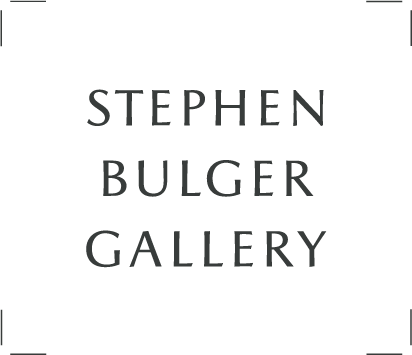Dai Vernon (1894-1992), February 2020
Unique hand-embroidered pigment print on archival paper with metallic thread
16 ¼ x 13 inch (41.28 x 33.02 cm) image
22 x 17 inch (55.88 x 43.18 cm) paper
22 x 17 inch (55.88 x 43.18 cm) paper
Version 1 of 5 + 2 APs
Copyright [artist]
Vernon, born David Frederick Wingfield Verner, the nephew of Canadian painter Frederick Verner, in Ottawa, Canada was simply the most influential magician of the twentieth century. Vernon imported the techniques...
Vernon, born David Frederick Wingfield Verner, the nephew of Canadian painter Frederick Verner, in Ottawa, Canada was simply the most influential magician of the twentieth century. Vernon imported the techniques of card cheats, and their notion of misdirection, into the world of magicians.
In the 1920s, Vernon was crowned by Max Holden, a writer for The Sphinx, the preeminent journal for magicians in the world, as very best with a pack of cards. He was also one of the most gifted silhouette cutters on the last century, his work generating great reviews for their artistic merit from major media. He cut silhouettes as he drifted from town to town in search of professional card cheats.
This is the iconic Dai Vernon photograph, shot by Hal Phyfe, famous for his portraits of the stars.
In the 1920s, Vernon was crowned by Max Holden, a writer for The Sphinx, the preeminent journal for magicians in the world, as very best with a pack of cards. He was also one of the most gifted silhouette cutters on the last century, his work generating great reviews for their artistic merit from major media. He cut silhouettes as he drifted from town to town in search of professional card cheats.
This is the iconic Dai Vernon photograph, shot by Hal Phyfe, famous for his portraits of the stars.

